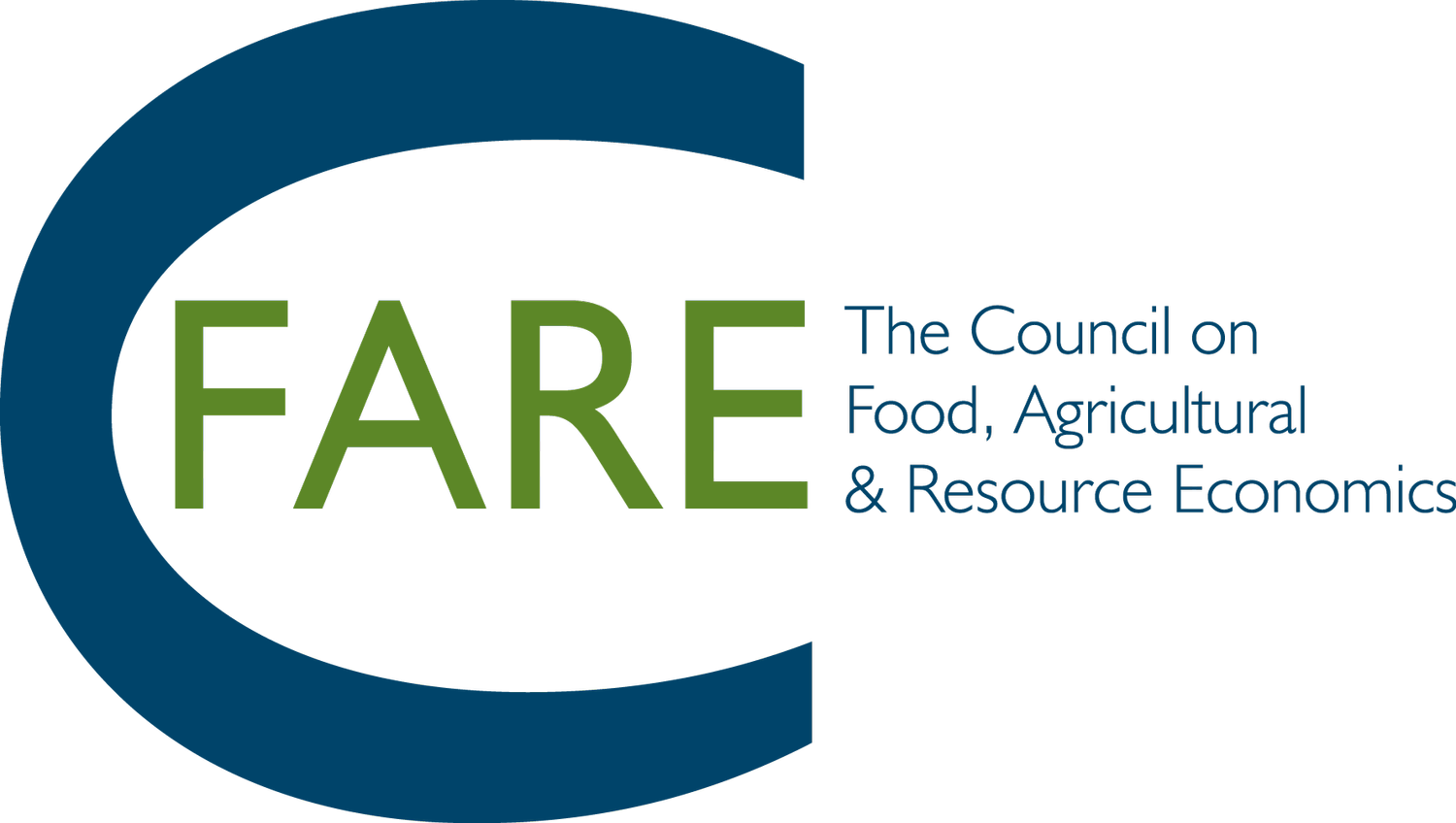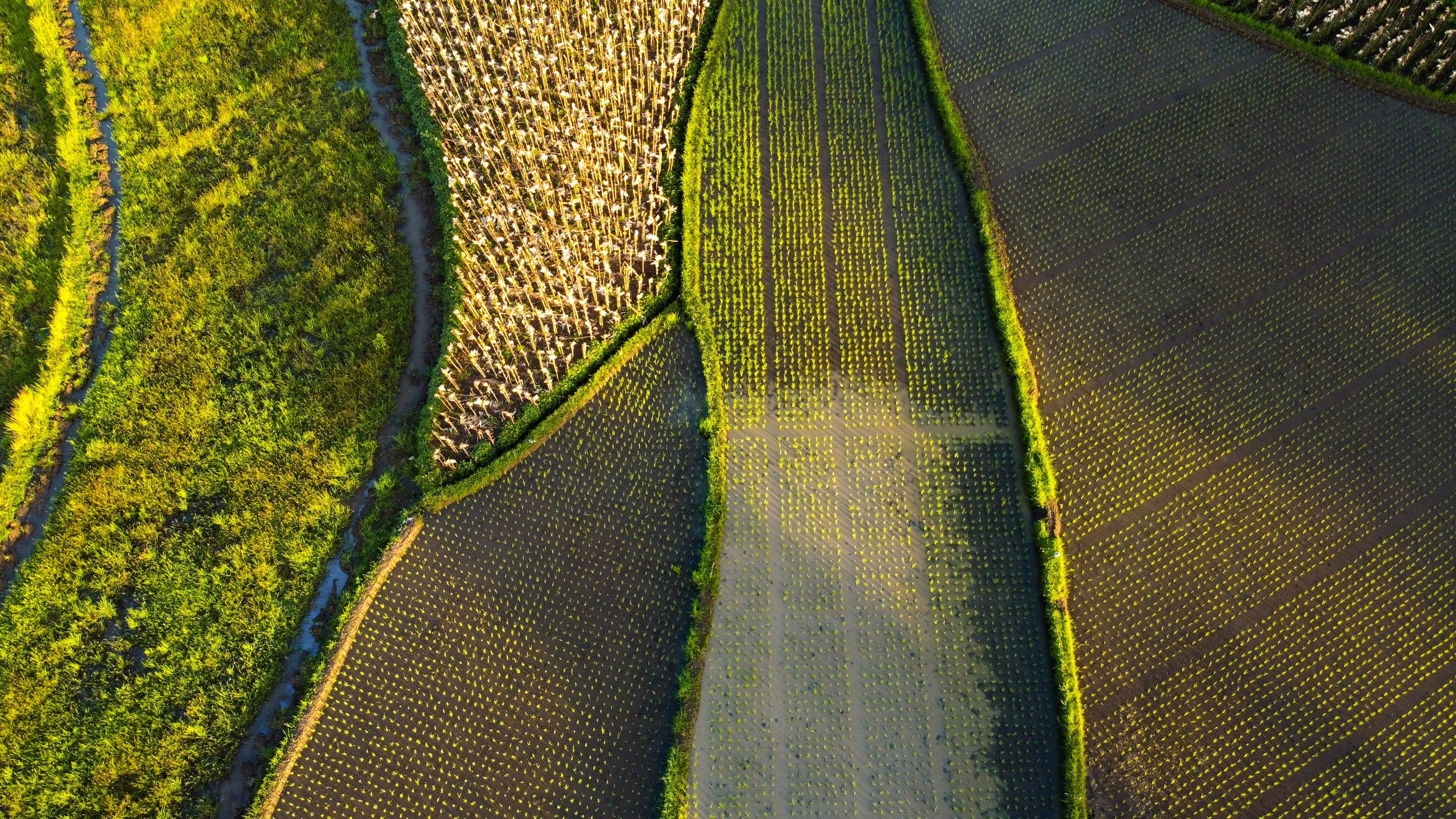Climate Smart Agriculture
The U.S. Department of Agriculture is investing over $3.1 billion in 141 selected projects under the Partnerships for Climate-Smart Commodities. Commodities include crops, animal agriculture, and forest products. These projects will reach 60,000 farms covering 25 million acres of working land.
An Introduction to the New USDA Regional Food Centers
USDA announced the funding of 12 USDA Regional Food Business Centers. These Centers will support a more resilient, diverse, and competitive food system by providing localized assistance to access local and regional supply chains, including linking producers to wholesalers and distributors. They will also provide technical assistance needed to access new markets, access to federal, state, and local resources, and will assist small- and mid-sized producers in overcoming barriers to market access, with a focus on underserved farmers, ranchers, and food businesses.
Big Data: Background and Applications used in Agriculture and Food Systems
Volume, velocity, variety, and veracity are descriptors of big data. Remote sensing, geospatial, Census and supermarket scanner data are only a few examples of big data. Accessibility, quality and security are challenges associated with big data. Higher yields and better matching of product to consumer demand are two outcomes from research using big data.
Alternative Fuels and Policies to Lower their Carbon Intensity
We delve into the role of policies to increase the climate benefits of biofuels and Sustainable Aviation Fuels and contribute to rural communities’ economic viability. This webinar discusses the opportunities for increasing the climate benefits of these fuels and the effectiveness of using carbon intensity score-based policies to induce the adoption of climate-smart practices -- practices that increase biological carbon sequestration — by farmers producing feedstocks for these fuels.
Brandt Forum Fall 2023: Opportunities and Challenges for US Agriculture and the Environment Part II
While economists recommend using market incentives, there is the widespread use of regulation to achieve agricultural and environmental resource management objectives. This workshop explores new vantage points to explain this reality, emphasizing political economy, irreversibility, and supply chain perspectives.
Food Hubs and Farm to School: Policy and Impact Across the Food System
The October C-FARE webinar highlights two “almost direct to consumer” food distribution models. Our four panelists representing government (USDA) and research (University) discuss policy and marketplace impacts of Farm to School and Food Hubs. Both of these models of food system intermediaries reach across the food system from farm production through distribution to the consumer, whether that be an institution or an individual.

















